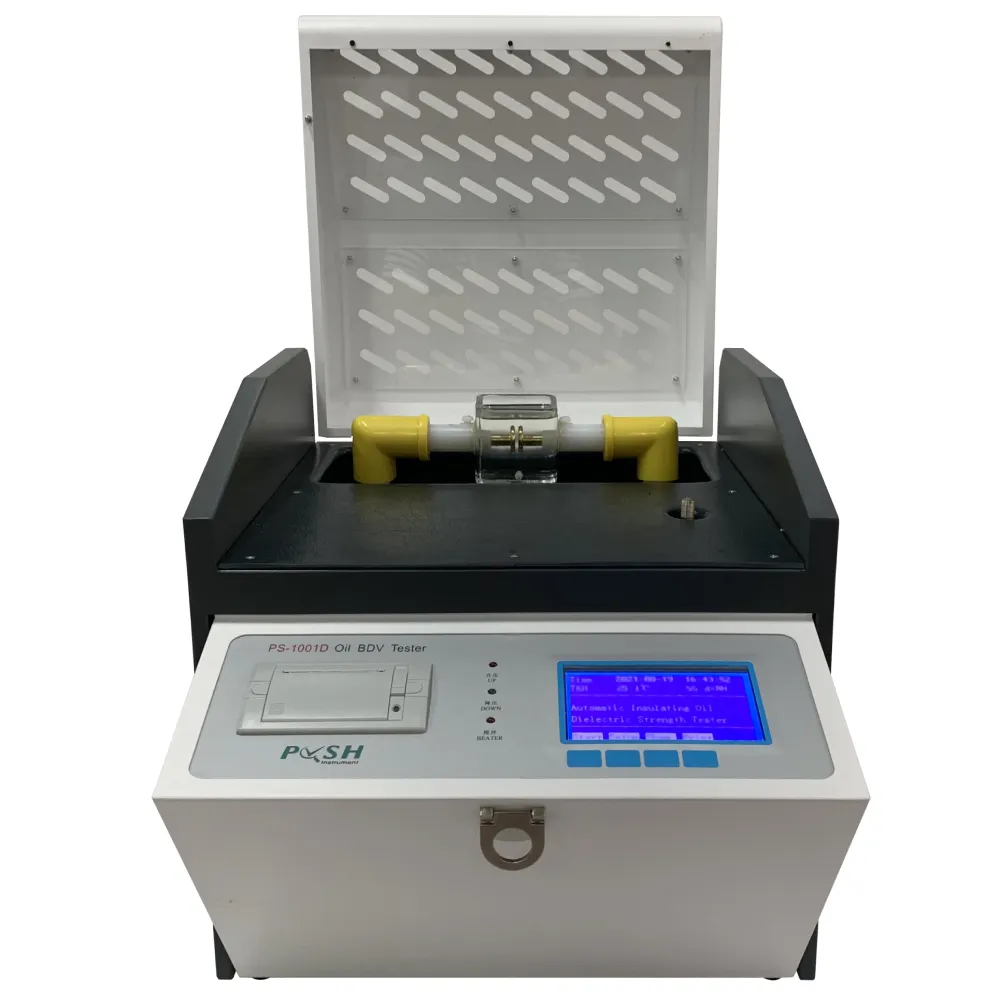 English
English


Assessing Insulation Resistance Levels for Enhanced Electrical Safety and Reliability in Systems
Understanding Insulation Resistance Measurement Importance, Techniques, and Applications
Insulation resistance measurement is a critical process in electrical engineering aimed at evaluating the integrity of insulation in electrical systems. It helps ensure the safety, reliability, and efficiency of electrical installations. Insulation resistance refers to the resistance provided by insulating materials to the flow of electric current. The higher the insulation resistance, the better the insulating material is at preventing current leakages and the lower the risk of electrical shock or equipment failure.
Importance of Insulation Resistance Measurement
The significance of measuring insulation resistance cannot be understated. Insulation failure can lead to catastrophic failures, including short circuits, electrical fires, and equipment breakdowns. Regular measurement helps to identify potential issues before they escalate into serious problems, safeguarding both personnel and property. Here are a few key reasons for its importance
1. Safety Ensuring adequate insulation resistance helps protect against electrical shocks and fires. It is crucial for the safety of personnel working with or around electrical equipment. 2. Operational Efficiency Equipment with deteriorating insulation can lead to increased energy losses, overheating, and premature equipment failure. By measuring insulation resistance, organizations can maintain operational efficiency and reduce downtime. 3. Compliance Many industries are subject to strict regulations regarding electrical safety. Regular insulation resistance testing helps organizations remain compliant with these regulations, avoiding potential fines and legal issues.
Techniques for Measuring Insulation Resistance
Various techniques can be employed to measure insulation resistance, each serving specific needs and scenarios. The two most common methods are
1. Megger Testing The Megger, a portable insulation resistance tester, applies a high DC voltage (usually 250V, 500V, or 1000V) to the insulation while measuring the resistance value. The tester provides a clear indication of the insulation condition. A typical reading shows the resistance in megohms (MΩ), with values above 1 MΩ generally considered acceptable for most applications. However, values below this threshold may indicate insulation deterioration and necessitate further investigation.
2. Clamp Meter Testing This technique involves using an insulation resistance clamp meter to measure the insulation resistance of cables without disconnecting them. This approach is helpful for quick assessments in live environments, minimizing disruption.
insulation resistance measurement

Applications of Insulation Resistance Measurement
Insulation resistance measurement is utilized across multiple sectors and applications, including
1. Power Generation and Distribution In power plants, substations, and transmission lines, regular insulation testing is essential to prevent grid failures and ensure continuous power supply.
2. Manufacturing and Industrial Facilities In factories, machinery often operates in demanding conditions requiring robust insulation. Regular checks help prevent unplanned outages and production losses.
3. Commercial Buildings Insulation resistance testing is vital for maintaining electrical systems in offices, schools, and hospitals. It ensures that electrical installations meet safety standards.
4. Transportation In railways and electric vehicles, maintaining optimal insulation levels is crucial to avoid failures that could compromise safety.
Conclusion
Measuring insulation resistance is an essential practice that plays a significant role in the maintenance and safety of electrical systems. It provides valuable insights into the condition of insulating materials, helping to prevent potential failures. Regular insulation resistance testing not only ensures compliance with safety regulations but also enhances the operational efficiency of electrical installations across various industries.
By understanding the importance, techniques, and applications of insulation resistance measurement, electrical professionals can take proactive steps to safeguard their systems and contribute to a safer, more efficient electrical infrastructure. As technology continues to advance, incorporating modern insulation testing tools and techniques will remain paramount to sustaining the integrity of electrical systems.
-
Differences between open cup flash point tester and closed cup flash point testerNewsOct.31,2024
-
The Reliable Load Tap ChangerNewsOct.23,2024
-
The Essential Guide to Hipot TestersNewsOct.23,2024
-
The Digital Insulation TesterNewsOct.23,2024
-
The Best Earth Loop Impedance Tester for SaleNewsOct.23,2024
-
Tan Delta Tester--The Essential Tool for Electrical Insulation TestingNewsOct.23,2024





